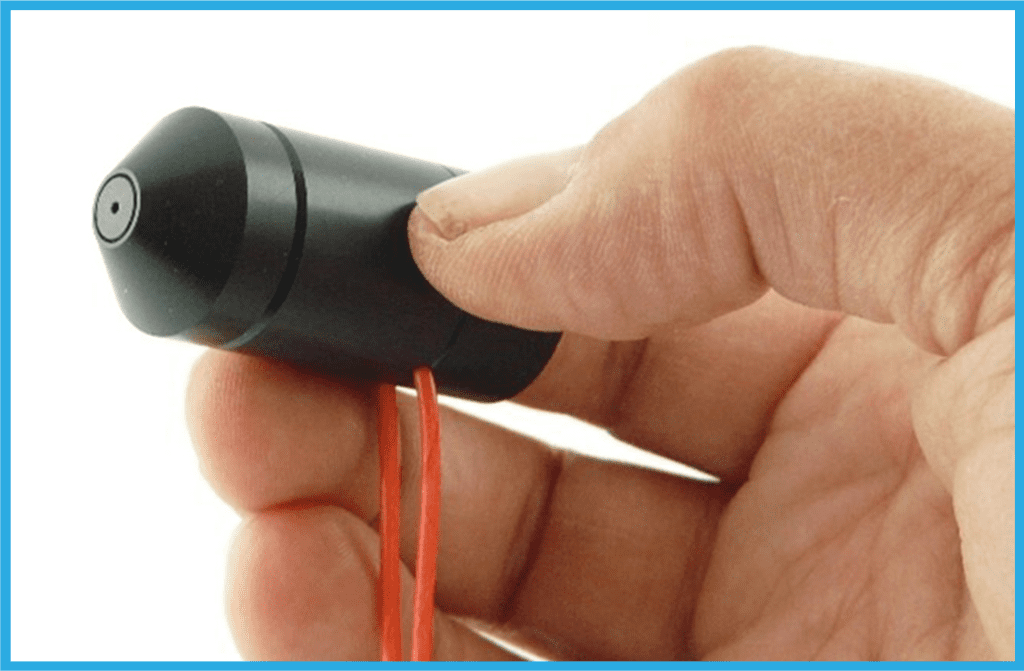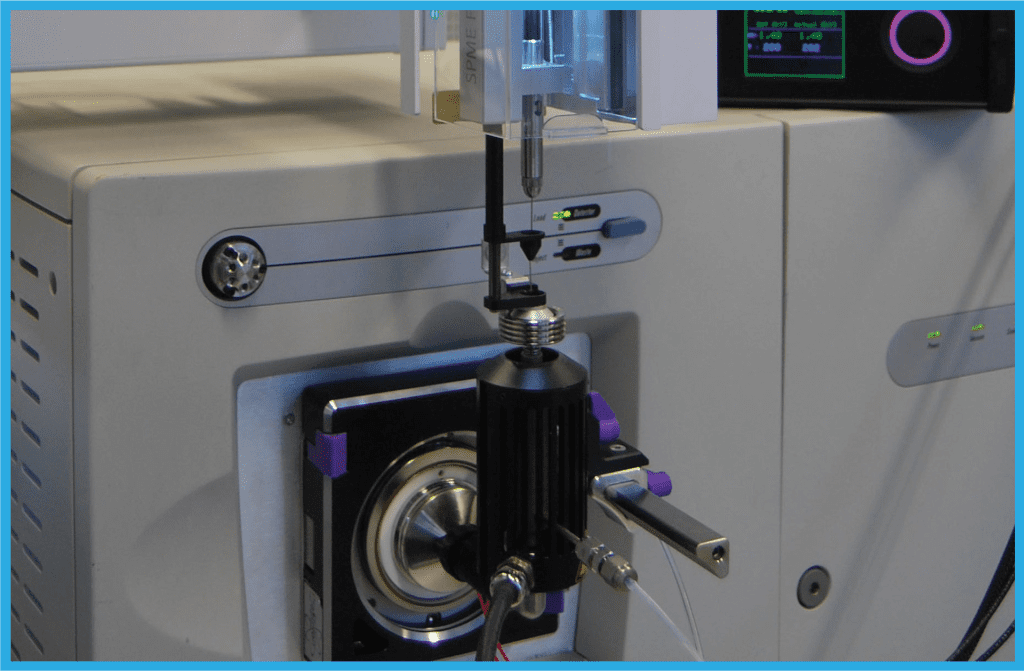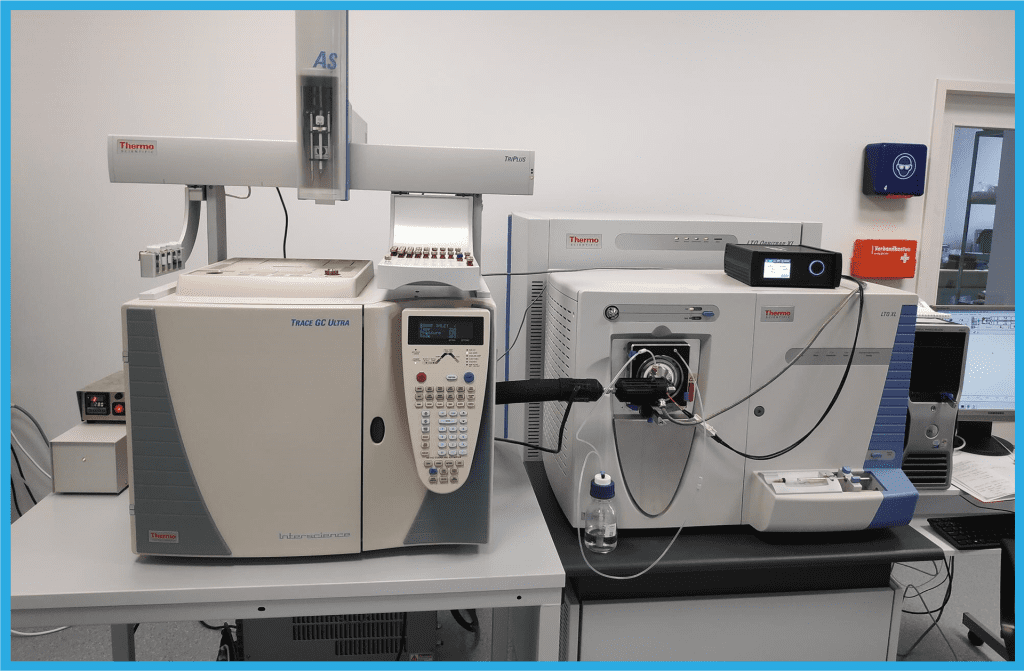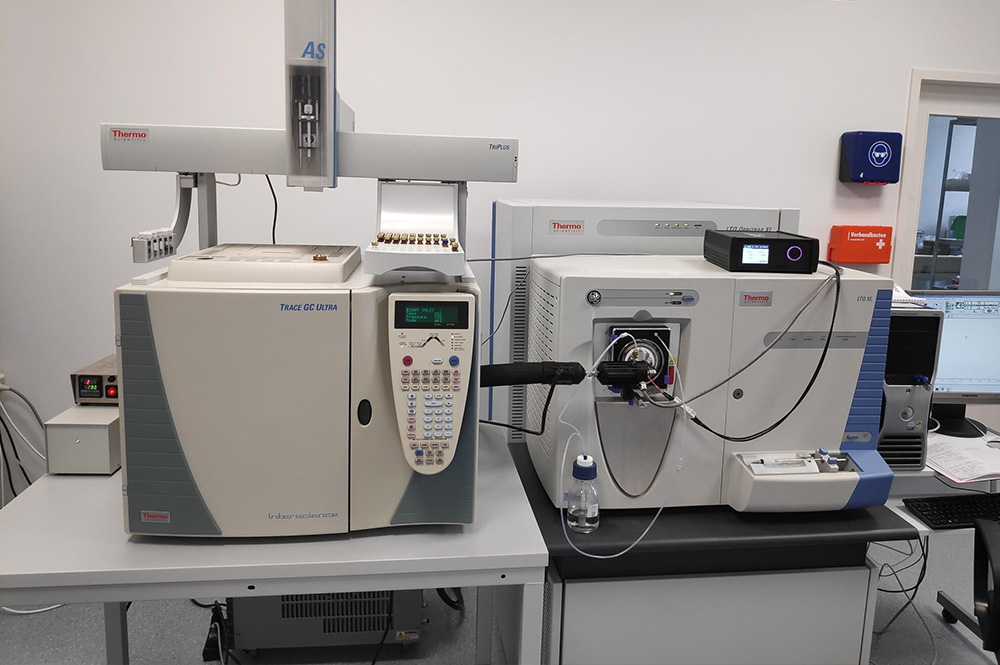How do you ensure your MS system covers every analyte you need to study?
In modern analytical chemistry, mass spectrometry (MS) is one of the most powerful tools available for identifying and quantifying compounds.
Whether you are working in food safety, environmental monitoring, pharmaceutical research, or quality control, MS enables you to detect, analyse, and understand both known and unknown molecules with precision.
Yet no single ionisation technique or chromatographic setup can handle every analyte effectively. Gas chromatography mass spectrometry (GC-MS) and liquid chromatography mass spectrometry (LC-MS) each have their strengths, but they also leave significant gaps.
Many laboratories find themselves running both systems in parallel, which increases costs, complicates workflows, and makes data integration unnecessarily difficult.
This article explores a practical way to achieve wider chemical coverage, higher sensitivity, and simpler workflows in both routine and advanced analyses. GC-SICRIT® (Soft Ionisation by Chemical Reaction in Transfer) addresses these needs by combining the separation power of GC with the flexibility of LC-MS, enabling GC analyses on an LC-MS system and delivering accurate mass GC-MS data without the need for a separate platform.
The Challenge: Why One Technique is Never Enough?
GC-MS is effective for non-polar molecules such as n-alkanes, but electron impact fragments ions so extensively that molecular ion information is often lost, making interpretation difficult. Whereas LC-MS excels with polar analytes in pharmaceutical and biochemical studies, it cannot detect non-polar compounds, such as hydrocarbons or chlorinated pesticides, which may necessitate the use of GC-MS for more comprehensive coverage.
Moreover, operating both GC-MS and LC-MS platforms adds significant cost. Laboratories must invest in duplicate instrumentation, allocate additional space, and often split samples across two workflows. As a result, analysts face the challenge of integrating data from different software tools and instrument platforms, which adds unnecessary steps and potential for error.
To address these challenges, researchers need a technology that combines the strengths of both GC-MS and LC-MS in a single platform, offering broad analyte coverage, soft ionisation, and simplified workflows.
A Smarter Approach with Soft Ionisation

GC-SICRIT® (Soft Ionisation by Chemical Reaction in Transfer) overcomes the limits of conventional methods by enabling GC analyses on any LC-MS system. It preserves molecular ions through soft ionisation, expands analyte coverage, and eliminates the need for duplicate GC-MS platforms. Importantly, it also allows accurate mass GC-MS data to be obtained directly from an LC-MS instrument.
The SICRIT® source connects directly to a GC transfer line and the MS inlet, allowing compounds eluting from the GC to be ionised and detected in the same LC-MS system. This creates a direct link between chromatography and the mass spectrometer, enabling any GC to be combined with any MS instrument. Analytes across a broad polarity range are softly ionised as they enter the MS via a concentric dielectric barrier discharge source using proton transfer and UV light to minimise fragmentation, unlike electron impact. With no consumables, laboratories save on running costs and maintenance.
Through its GC-SPME module, the system seamlessly couples GC and LC-MS workflows and is compatible with most LC-MS instruments, giving laboratories maximum flexibility.
This technology has several practical advantages:
- Optimised instrument performance: Choose instruments tailored to your analytical needs.
- Cost and space efficiency: It serves as a generic interface, reducing the need for duplicate systems.
- Vendor-independent flexibility: Easily integrate instruments from different manufacturers into a unified workflow.
Benefits of Combining GC and LC-MS

GC-SICRIT® combines the separation power of GC with the sensitivity and flexibility of LC-MS, offering laboratories both practical and scientific benefits:
- Broader analyte coverage: Analyse polar and non-polar compounds on a single system, removing the need for duplicate instruments.
- Soft ionisation: Preserve molecular ions for clearer interpretation and reduced fragmentation.
- Advanced model compatibility: Supports data acquisition strategies such as SWATH and Data Dependent Acquisition (DDA).
- High reliability with HRMS: Provides accurate mass identification when paired with high-resolution mass spectrometry.
- Operational simplicity: No consumables required and easy integration with existing LC-MS systems.
SICRIT® covers a wide ionisation range across APCI (Atmospheric Pressure Chemical Ionisation), EI (Electron Ionisation), and much of ESI (Electrospray Ionisation), bridging gaps left by conventional techniques while minimising fragmentation and preserving sensitivity.
Benefits of Combining GC and LC-MS
How GC-SICRIT® Enhances Chemical Analysis
GC-SICRIT® demonstrates its chemical utility through soft ionisation, high sensitivity, and broad analyte coverage, making it valuable for both routine and advanced research.
Pesticide Residue Analysis
GC-SICRIT®-MS improves detection of trace pesticides, including non-polar and heavily chlorinated compounds, with excellent signal-to-noise ratios and preserved molecular ions. This enables precise identification and reduces ambiguity in regulatory testing.
Nitrosamine Detection in Pharmaceuticals
GC-SICRIT® offers around 30 times higher sensitivity than LC-APCI for nitrosamines and detects APIs such as valsartan that are often missed by APCI. Triple quadrupole analyses achieve parts-per-trillion detection limits, supporting drug safety and quality control.
PCBs and Chlorinated Pesticides
Environmental monitoring benefits from GC-SICRIT®’s ability to detect perchlorinated pesticides and PCBs with minimal fragmentation. Detection limits below 5 pg in Orbitrap full-scan mode ensure reliable monitoring of persistent organic pollutants.

Hydrocarbon Characterisation (n-Alkanes)
GC-SICRIT®-HRMS generates quasi-molecular alkane ions with minimal fragmentation, allowing direct determination of chain lengths. This is essential for petrochemical research, materials science, and precise hydrocarbon analysis.
Non-Target Screening and Discovery
For complex or unknown samples, GC-SICRIT® enables untargeted analysis using LC-MS databases. Soft ionisation preserves molecular ions, and multiple ionisation mechanisms expand detectable analytes, supporting environmental research and advanced chemical discovery.
Final Thoughts: Overcoming Limitations in Chemical Analysis
This technology transforms chemical analysis by combining the strengths of GC and LC-MS in a single platform. Its soft ionisation preserves molecular ions for clear structural identification, while broad analyte coverage allows detection of both polar and non-polar compounds.
The system improves reliability in routine analyses, enhances trace-level detection in challenging samples, and supports advanced research applications. By integrating seamlessly with existing LC-MS instruments, it simplifies workflows, reduces operational complexity, and expands the chemical insight laboratories can achieve.
Overall, it is a practical solution that can maximise your analytical capability and deliver scientifically meaningful results across diverse applications.
For more than 35 years, KR Analytical has supported researchers from a wide range of fields to provide tailored technical solutions for their laboratory needs. We recognise the challenges you encounter and the value of having equipment you can trust every day.

